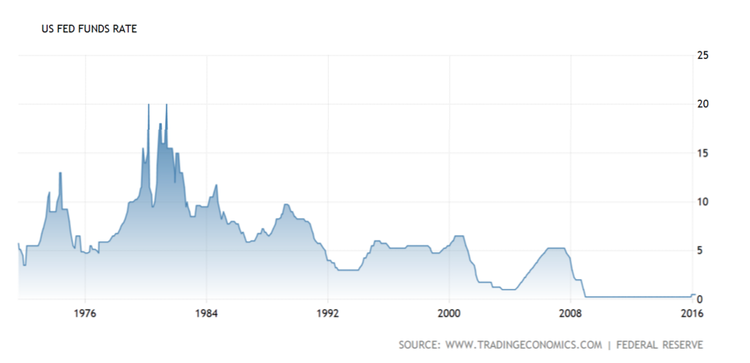
Municipal bonds have become extremely popular over the past couple of years thanks to an improving economy and low interest rates. After gaining more than 6% in 2014, the muni bond market moved sideways throughout much of 2015 given the potential for an interest rate hike. The market has recovered year to date with a nearly 2% increase driven by the Federal Reserve’s dovish remarks and skepticism that rates will be hiked at all this year.
Below, MunicipalBonds.com takes a look at muni fund ownership and where these figures may be headed over the coming years.
Muni Bond ETF Flows
Municipal bond exchange-traded funds (ETFs) have become a popular way to build exposure to the asset class without buying individual bonds. These funds hold thousands of different muni bonds that span various geographic locations and maturities in order to avoid risk factors tied to liquidity, specific municipalities, or duration. Over the past 12-month period, the top five muni bond ETFs brought in nearly $3 billion in new capital.
The five most popular muni bond ETFs by assets under management include:
| Name | Ticker | AUM | Fund Flows (TTM) |
|---|---|---|---|
| iShares National AMT-Free Muni Bond ETF | MUB | $6,461,462 | $1,581,900 |
| SPDR Barclays Short-term Municipal Bond ETF | SHM | $2,901,670 | $309,250 |
| SPDR Barclays Municipal Bond | TFI | $1,795,150 | $503,200 |
| Market Vectors Intermediate Municipal Index ETF | ITM | $1,393,536 | $333,110 |
| National AMT-Free Municipal Bond Portfolio | PZA | $1,170,792 | $254,770 |
Table 1 – Muni Bond ETF Flows (amounts in ‘000s) – Source: ETFdb.com
The most popular muni bond ETF in the space is the iShares National AMT-Free Muni Bond ETF, which has nearly $6.5 billion in assets under management. With a 3.41% tax equivalent yield, the fund provides investors with access to a diversified portfolio of more than 2,000 municipal bonds across many different geographical locations and maturities. The fund single-handedly took in more than $1.5 billion in assets over the past 12-month period.
Key Drivers of Fund Flows
There have been many different drivers behind the municipal bond market’s performance over the past couple of years, and these drivers will continue to forecast its future.
The single largest factor is the Federal Reserve and its interest rate policy. After the Fed indicated that it would hike interest rates this year, the muni bond market moved lower in anticipation of higher bond yields and lower bond prices. The central bank’s dovish remarks earlier this year – along with a slowing global economy – led to a recovery in muni bond prices as investors bet that interest rates would remain steady rather than moving higher throughout 2016.

Another key factor influencing the muni bond market is taxation. With top federal income tax brackets at 39.6% and a new 3.8% surcharge on net investment income, there is a growing incentive for high net worth individuals to leverage muni bonds as a way to reduce their tax exposure. Investors in these tax brackets would require yields in excess of 4% to obtain an after-tax yield equivalent to those offered by 30-year muni bonds.
Muni bond fund flows are likely to continue to increase as long as interest rates remain low and taxes are on the rise – particularly among high net worth individuals. With muni bond funds offering instant diversification, investors have been increasingly leveraging them to gain exposure to the market without taking on the risk and complexities of buying individual bonds.
The Bottom Line
The municipal bond market has been extremely popular over the past couple of years. With record low interest rates, the bonds are a popular way to increase after-tax yields in a relatively low-yield environment. Muni bond ETFs have attracted significant inflows as investors look to capitalize on these elements, but the future of these fund flows will depend largely on U.S. interest rate policies and taxation on the wealthy.






